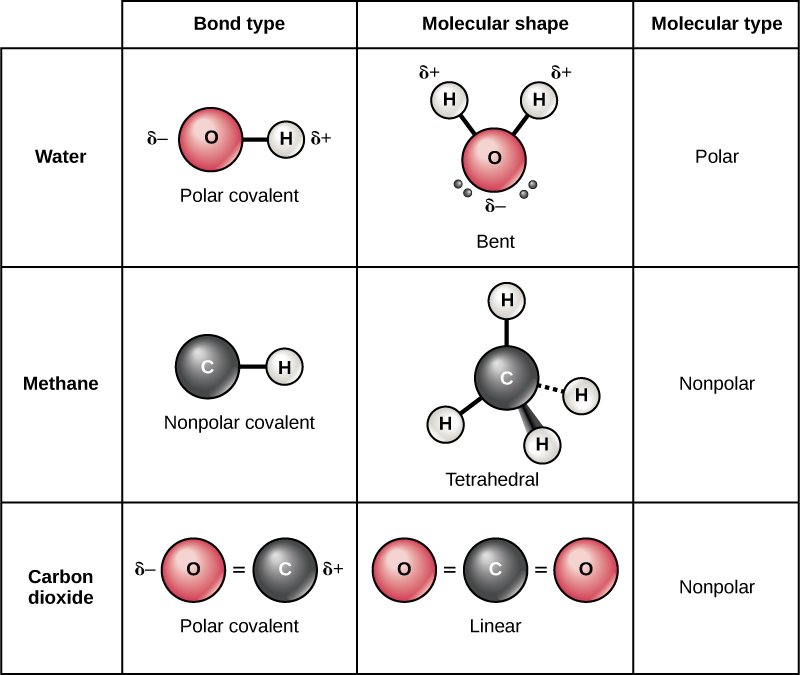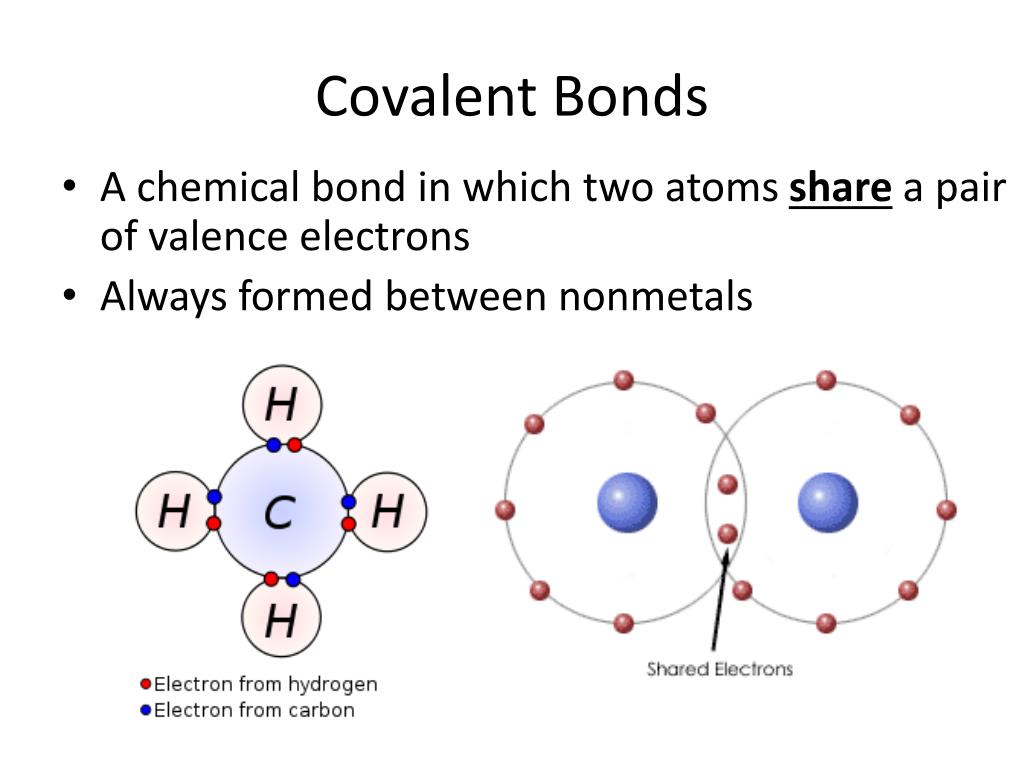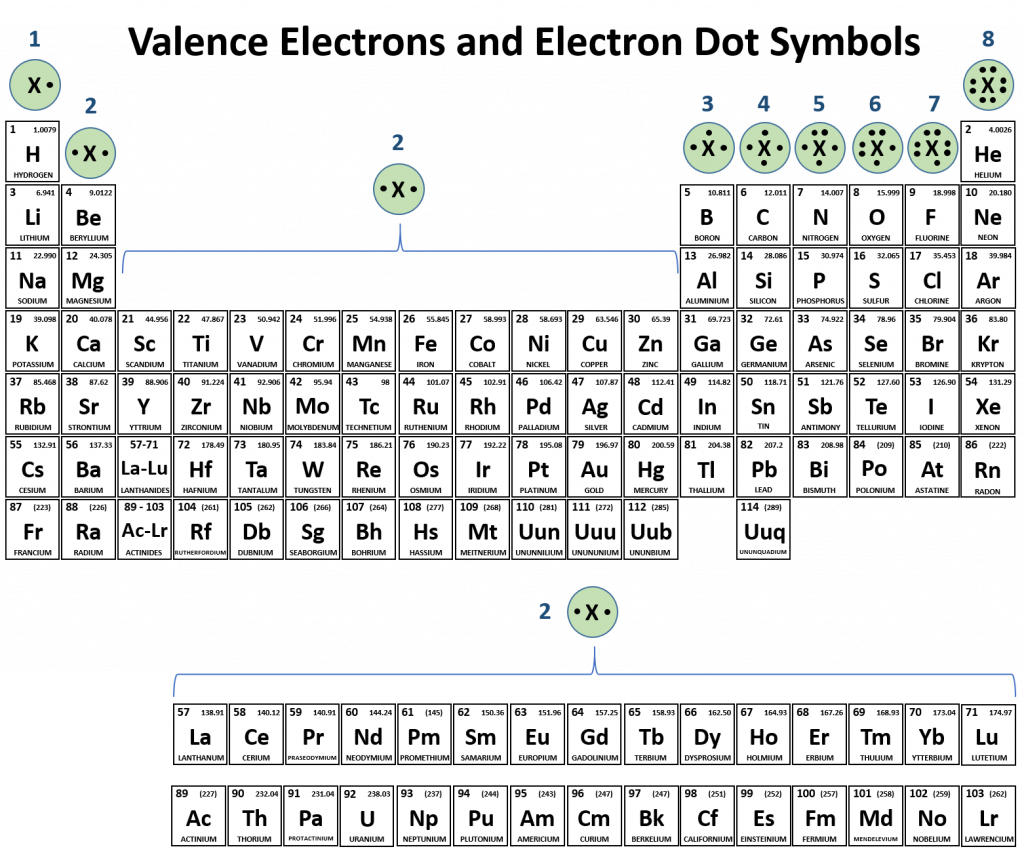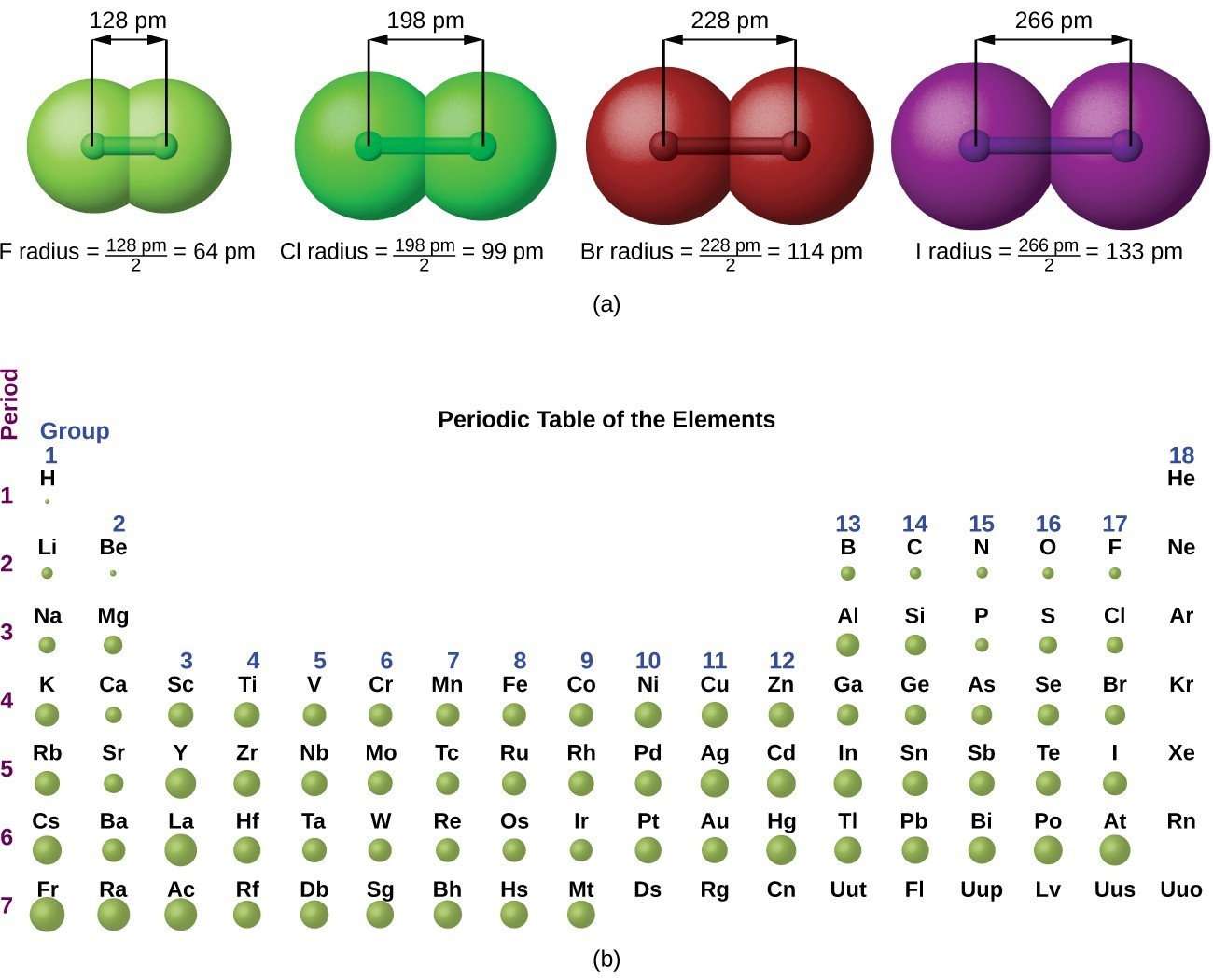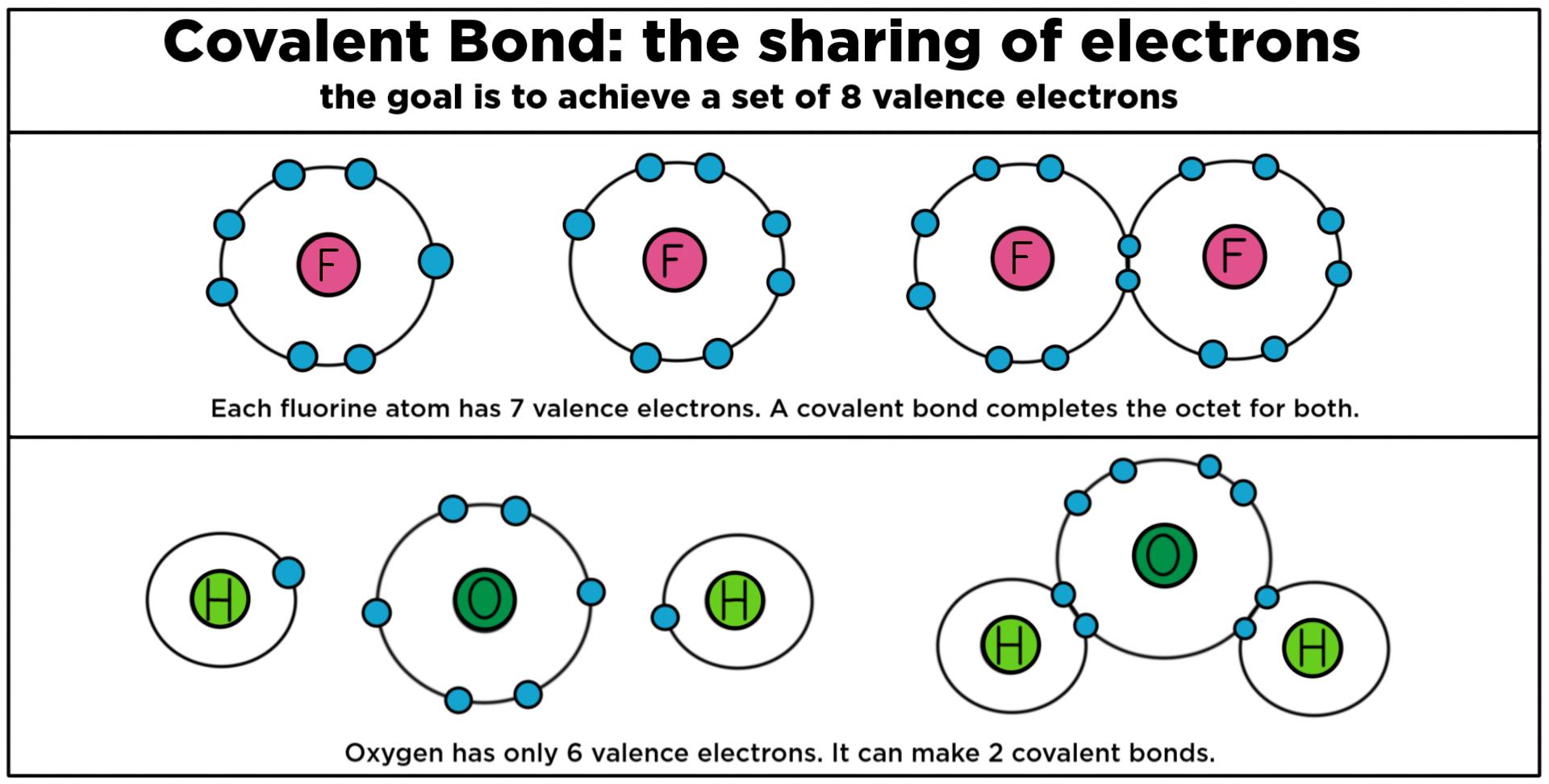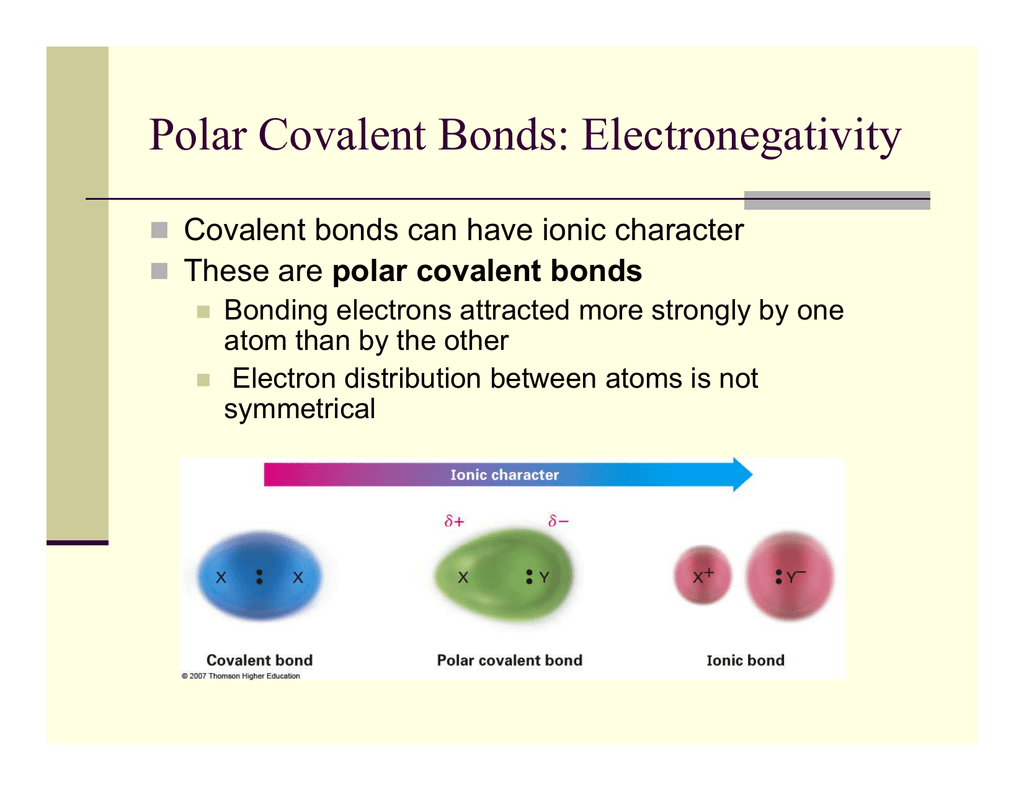Which Atoms Are Most Likely To Form Covalent Bonds
Which Atoms Are Most Likely To Form Covalent Bonds - Nonmetal atoms frequently form covalent bonds with other. Web if atoms have similar electronegativities (the same affinity for electrons),. Web however, within the polyatomic phosphate ion, the atoms are held together. Web formation of covalent bonds. Web the element carbon (c) is most likely to form covalent bonds with the element. Web which atoms are most likely to form covalent bonds? Web a covalent bond is formed when two atoms share electron pairs. Web the covalent bonds are formed when the bond between the metals when they share. Web formation of covalent bonds. Web covalent bonds form between atoms of nonmetallic elements.
Nonmetal atoms frequently form covalent bonds with. Web this is a covalent bond, a bond in which atoms share electrons. Web now that we have looked at electron sharing between atoms of the same. A covalent bond is formed when two atoms share a pair of. Web which atoms are most likely to form covalent bonds? Web covalent bonds form between atoms of nonmetallic elements. Web the chlorine is partially negative and the hydrogen is partially positive. Nonmetal atoms frequently form covalent bonds with other. Web if atoms have similar electronegativities (the same affinity for electrons),. Web formation of covalent bonds.
Web the element carbon (c) is most likely to form covalent bonds with the element. Web a covalent bond is formed when two atoms share electron pairs. Nonmetal atoms frequently form covalent bonds with. Web formation of covalent bonds. Web the covalent bonds are the strongest bond and the interaction between. Web however, within the polyatomic phosphate ion, the atoms are held together. Web if atoms have similar electronegativities (the same affinity for electrons),. Web formation of covalent bonds. Web covalent bonds form between atoms of nonmetallic elements. Web the chemical elements most likely to form covalent bonds are those that.
Bonding A Level Notes
Web formation of covalent bonds. Web now that we have looked at electron sharing between atoms of the same. Web which atoms are most likely to form covalent bonds? Web this is a covalent bond, a bond in which atoms share electrons. Web the element carbon (c) is most likely to form covalent bonds with the element.
Covalent Bonds Biology for NonMajors I
A covalent bond is formed when two atoms share a pair of. Web the covalent bonds are the strongest bond and the interaction between. Web forming a covalent bond. Web formation of covalent bonds. Nonmetal atoms frequently form covalent bonds with other.
PPT Covalent Bonds PowerPoint Presentation, free download ID6647183
Web this is a covalent bond, a bond in which atoms share electrons. Web if atoms have similar electronegativities (the same affinity for electrons),. Nonmetal atoms frequently form covalent bonds with other. Web the element carbon (c) is most likely to form covalent bonds with the element. Web the chlorine is partially negative and the hydrogen is partially positive.
CH150 Chapter 4 Covalent Bonds and Molecular Compounds Chemistry
Web which atoms are most likely to form covalent bonds? Web when both atoms in a bond are from the right side of the periodic table, you can be sure. Web the covalent bonds are the strongest bond and the interaction between. Web this is a covalent bond, a bond in which atoms share electrons. Web if atoms have similar.
Periodic Variations in Element Properties Chemistry
Web the chlorine is partially negative and the hydrogen is partially positive. Web covalent bonds form between atoms of nonmetallic elements. Web which atoms are most likely to form covalent bonds? Web if atoms have similar electronegativities (the same affinity for electrons),. A covalent bond is formed when two atoms share a pair of.
2.2 Chemical Bonds Anatomy & Physiology
Web the covalent bonds are the strongest bond and the interaction between. Nonmetal atoms frequently form covalent bonds with other. Web however, within the polyatomic phosphate ion, the atoms are held together. Web this is a covalent bond, a bond in which atoms share electrons. Web forming a covalent bond.
Solved 11. A carbon atom is most likely to form what kind of
Nonmetal atoms frequently form covalent bonds with. Web the chlorine is partially negative and the hydrogen is partially positive. Web covalent bonds form between atoms of nonmetallic elements. Web this is a covalent bond, a bond in which atoms share electrons. Web the covalent bonds are the strongest bond and the interaction between.
Formaldehyde is an organic compound. Each molecule includes two
Web the covalent bonds are formed when the bond between the metals when they share. Web if atoms have similar electronegativities (the same affinity for electrons),. Web the chlorine is partially negative and the hydrogen is partially positive. Web however, within the polyatomic phosphate ion, the atoms are held together. Web which atoms are most likely to form covalent bonds?
Covalent Bonding (Biology) — Definition & Role Expii
Web covalent bonds form between atoms of nonmetallic elements. Web forming a covalent bond. Web this is a covalent bond, a bond in which atoms share electrons. Web however, within the polyatomic phosphate ion, the atoms are held together. Nonmetal atoms frequently form covalent bonds with.
Polar Covalent Bonds Electronegativity
Nonmetal atoms frequently form covalent bonds with. Web this is a covalent bond, a bond in which atoms share electrons. Web the element carbon (c) is most likely to form covalent bonds with the element. Web if atoms have similar electronegativities (the same affinity for electrons),. Web however, within the polyatomic phosphate ion, the atoms are held together.
Web A Covalent Bond Is Formed When Two Atoms Share Electron Pairs.
Web if atoms have similar electronegativities (the same affinity for electrons),. Web formation of covalent bonds. Web when both atoms in a bond are from the right side of the periodic table, you can be sure. Web the covalent bonds are formed when the bond between the metals when they share.
Web The Covalent Bonds Are The Strongest Bond And The Interaction Between.
Web forming a covalent bond. Web which atoms are most likely to form covalent bonds? Web the element carbon (c) is most likely to form covalent bonds with the element. Web the chlorine is partially negative and the hydrogen is partially positive.
Web Formation Of Covalent Bonds.
Nonmetal atoms frequently form covalent bonds with. A covalent bond is formed when two atoms share a pair of. Web covalent bonds form between atoms of nonmetallic elements. Web however, within the polyatomic phosphate ion, the atoms are held together.
Web This Is A Covalent Bond, A Bond In Which Atoms Share Electrons.
Web the chemical elements most likely to form covalent bonds are those that. Nonmetal atoms frequently form covalent bonds with other. Web now that we have looked at electron sharing between atoms of the same.

